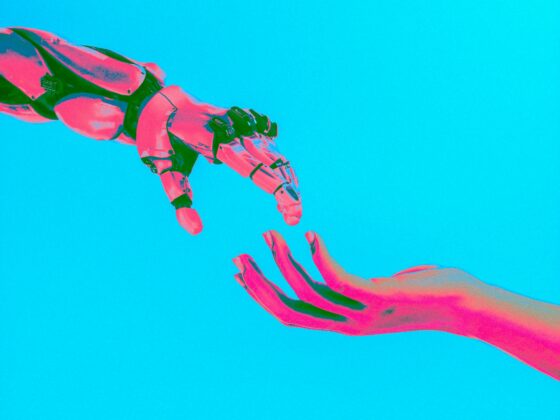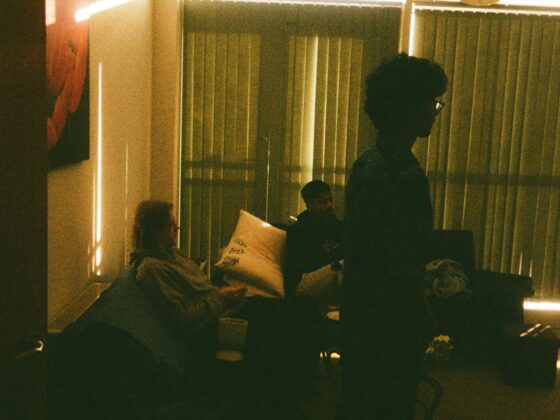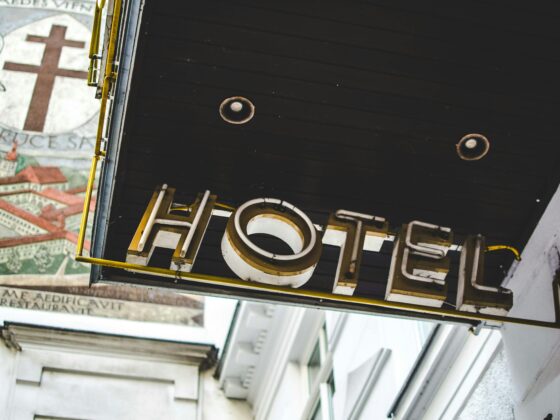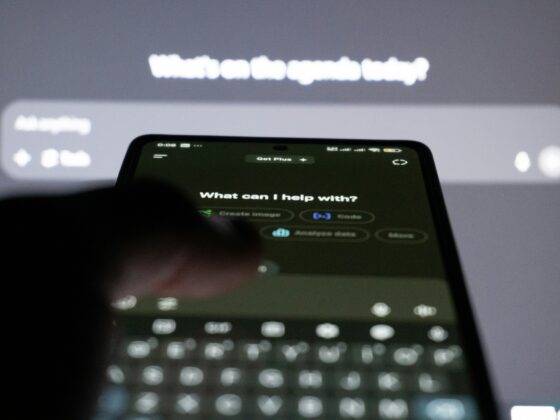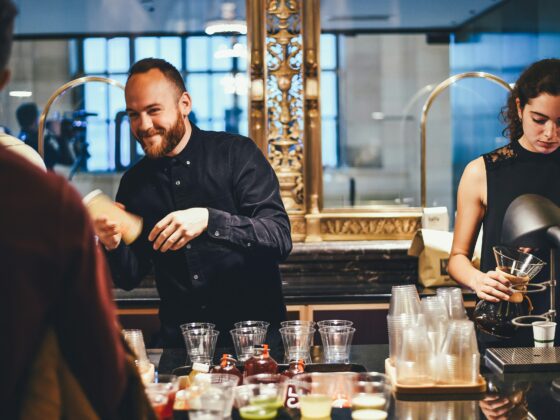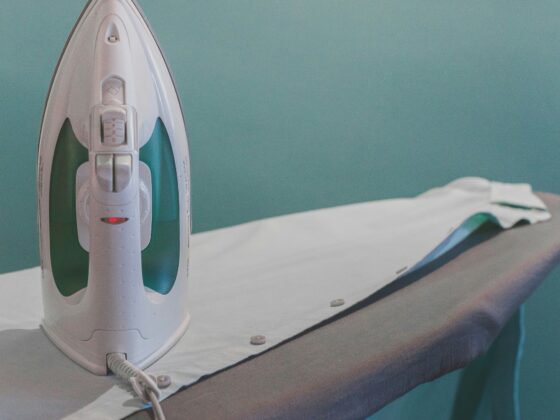The occupancy rate of a hotel is a key metric for understanding how well your business is performing. Whether you manage a cosy family-run spot or a larger hotel chain, tracking this figure provides valuable insights into room management. It also helps you develop smarter business strategies and, most importantly, increase your revenue.
This article explains how to calculate your hotel’s occupancy rate, what the industry average hotel occupancy rate is, and how technology (including AI) can help you boost it. Whether you’re aiming to fill more rooms or streamline operations, we’ll show you practical ways to make it happen.
Occupancy Rate in Hospitality
The occupancy rate is one of the most important numbers in hotel management. Understanding how to calculate it helps you track your hotel’s performance and make better-informed pricing, marketing, and distribution decisions. The goal? To keep that rate as high as possible so you can maximise your revenue.
What is a hotel occupancy rate?
A hotel’s occupancy rate shows how many of your rooms are being used compared to the total number available. For example, if your hotel has 100 rooms and 75 are booked, your occupancy rate is 75%. It’s expressed as a percentage and is a simple yet important way to measure how well you are filling your rooms. A high occupancy rate is a good sign that things are running smoothly, while a lower rate might point to areas where your sales or marketing strategies could improve.
How to calculate your hotel occupancy rate
Enough with the theory; let’s dive into the practical side. Calculating a hotel’s occupancy rate is simple and straightforward. Here’s the formula you’ll need:
Occupancy Rate = (Occupied Rooms / Available Rooms) × 100
Here’s a simple example. Say your hotel has 150 rooms, and 120 of them are occupied. Here’s how the calculation would look:
(120/150)×100 = 80 %
That gives you an occupancy rate of 80%.
Calculating your hotel’s occupancy rate is a quick and effective way to see how your business is performing. However, to get real value from this number, you need to consider factors like seasonality, location, and the type of hotel you run. For example, the average occupancy rate for hotels in the UK might look very different compared to other countries. Even within the UK, rates can vary significantly between regions and hotel types. That is why comparing your numbers to similar establishments is crucial – it gives you a much clearer picture of how you stack up.
What is the average occupancy rate for a hotel in the UK?
According to Visit Britain, hotel room occupancy in England has been consistently higher in 2024 compared to 2023, with July hitting a peak of 85%. That said, occupancy rates can vary quite a bit depending on factors like the hotel’s location, the time of year, or the local competition.
In 2023, the average Scottish hotel occupancy was 65%, according to Visit Scotland. Guesthouses and B&Bs did even better, reaching 77%, while self-catering accommodation came in at 43%.
Government organisations regularly publish monthly or seasonal occupancy rate stats. Use these to compare against your own results for clearer, more accurate insights that actually mean something to your business.
If your occupancy rate is below average, it’s a clear sign there’s room for improvement. Maybe your pricing strategy needs tweaking, or your online presence could use a boost. Here’s where AI steps in to make a real difference. How exactly? Let’s break it down.
Planning your marketing strategy for 2025?
Read the article
How to Improve Your Occupancy Rate with Technology?
Thanks to advancements in technology, improving your hotel’s occupancy rate has never been simpler. There are plenty of tools available to help you understand demand, tailor your offers, and adjust your distribution strategies in real-time. The best part? These tools are designed to save you time and drive better results for both your team and your guests. But which tools should you be using, and how do they work? If boosting occupancy and increasing revenue is your goal, you’re in the right place. Let’s dive in.
How AI Can Boost Your Occupancy Rate
Struggling to fill your rooms? AI can make a real difference. Studying booking patterns, forecasting demand, and streamlining operations helps you keep occupancy rates high and revenue steady. Plus, it boosts guest satisfaction – all without adding extra work for your team.
Artificial intelligence (AI) is becoming a key tool for helping hotels fill more rooms by making demand and booking management smarter and more efficient. By analysing large amounts of customer and market data, AI helps predict booking trends and prepare for busy or slow periods. It is a practical way for hotels to stay ahead and make better decisions for their business and guests.
With this analysis, hoteliers can quickly adjust their rates to stay competitive and maximise revenue. AI takes it a step further by tailoring offers and promotions to match guests’ preferences and their behaviour, making them more relevant and effective. For example, AI can spot slower periods and suggest practical strategies like targeted discounts, last-minute deals, or packages featuring local activities to attract more guests when business is quiet.
Boost your hotel occupancy rate with HiJiffy
Want to increase room bookings? HiJiffy helps hotels connect with guests quickly and efficiently, making it simple to boost reservations while keeping your team focused on what really matters.
HiJiffy helps you boost occupancy rates by making direct bookings simpler and more efficient with its proprietary AI technology. The platform is packed with smart features designed to encourage guests to book directly, giving you better results where it counts. Here is how:
- AI chatbot that boosts direct bookings
Add a chatbot to your website, and you’ll be able to answer travellers’ questions 24/7 while helping them book directly – all in one conversation. That’s exactly what the Gran Bilbao and Ciudad de Burgos hotels did. Their direct online bookings jumped from 15% to 25%, with 5% coming directly from the chatbot. HiJiffy’s chatbot doesn’t just respond to queries – it turns interest into bookings, helping you fill more rooms and increase occupancy rate.
- Boost your occupancy rate with widget campaigns
HiJiffy makes it simple to launch pop-up campaigns showcasing real-time offers. During its spring promotion, the Élysée Val d’Europe hotel boosted bookings by 3.5 times with a special discount. With HiJiffy, you can quickly address low occupancy by rolling out targeted offers that grab attention and keep your rooms full.
And the best part? These features improve your customer experience while helping you lower your OTA commission costs.
Want to know more?
The occupancy rate is one of the most important metrics for measuring your hotel’s performance. Calculating it regularly helps you stay on top of demand and adjust your strategies as needed. With tools like HiJiffy and AI technology, you can fine-tune your pricing, streamline booking management, and see your hotel busier than ever. It’s all about working smarter and filling those rooms!


